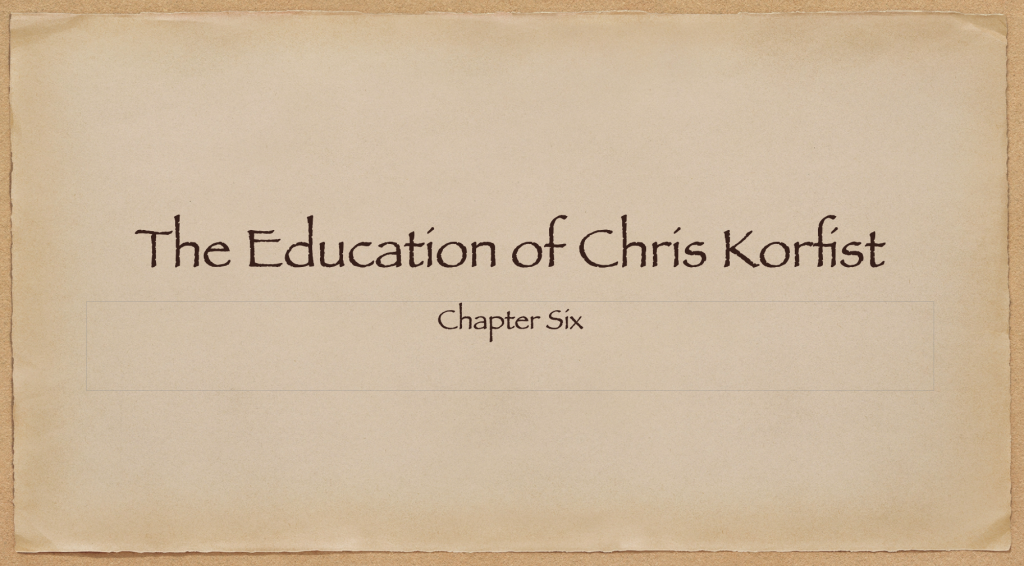
Changing the Lens
It was at this point a lot of things started to come together. I had a good track team. I developed a philosophy of what I wanted to do. The level of success that we were experiencing gave me confidence. But that didn’t mean that I stopped searching for my Holy Grail. My search led me to new people and new ideas.
Shawn Allen (The Gait Guys)
For my own personal health, I tend to look for people who think outside the box. One of the early people that I came in contact with was a brilliant physical therapist trained in the Czech Republic named Robert Lardner. He saw the body in a different fashion than most do and could often explain issues that other doctors couldn’t. He had a strong background in all the European researchers that many people name drop. Robert actually had them as professors… Janda, Lewitt and Kolar, Czech, Czech and Czech. (I couldn’t help myself with that pun).
Meeting with Robert Lardner would usually cost me a half a day traveling to Chicago. Robert usually has a long waiting period and would spend hours with you.
When my children were born, I needed to be home more. Lardner recommended that I go see a chiropractor very close to my house, Dr. Shawn Allen. Shawn also had a strong drive to look at ways of dealing with the body in a different fashion. He looked at everything through gait. We hit it off right off the bat. We had a similar drive to figure out what makes people run better and we started to look at this problem together. Every Thursday night I had a standing seven o’clock appointment and we would spend our time looking at film, creating exercises, looking at ways to make sure runners did not get hurt, and coming up with ways to run faster.
I had a group of athletes that we used as guinea pigs. We went down a deep rabbit hole. We brought athletes in and filmed them running. We muscle-tested to see what correlated, built individualized programs to see results, and actually made foot beds out of cork to see if we could change foot function to improve speed. The end result was the basis for a lot of my work today. Everything revolves around the foot.
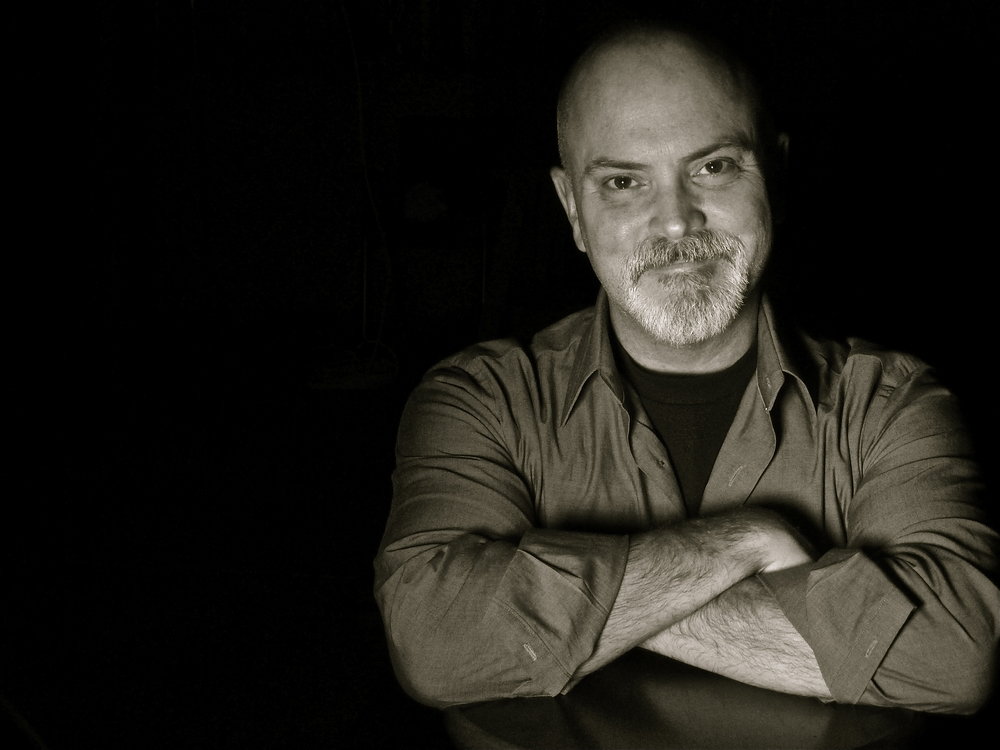
Frans Bosch
It was also during this time that I frequently scoured the internet for any new information on sprinting, running, and weight training. I came across a DVD entitled Running, the BK Method. I bought it and went right to the exercise section. I looked at the exercises and determined that they were no different then the traditional A-skips and B-skips that I didn’t do anymore. I put the DVD on the shelf with other DVDs that really didn’t do much for me.
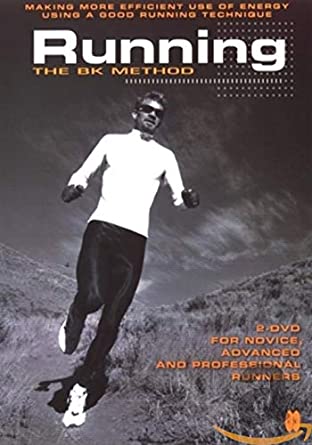
Then I saw a book come out called Running by Frans Bosch and I bought it. I went right to the exercise pages and didn’t think it was right for me and I put the book away. I think a year went by before I picked the book up again. I don’t know why I picked it up, I just did. It was a tough read, but I pushed through all the way to the end. Upon completion, I realized there was some really good stuff in there. It was the stuff that Shawn and I were talking about when we looked at film differently. We looked at film from the front and looked at the crossover gate and the roll of the lateral chain. That is what Frans Bosch was looking at as well. I realized we were on the same page as far as how we viewed running. I looked and realized that the BK Method was by Frans Bosch. I went back and watched the first DVD and the second DVD suddenly made sense. In fact, the whole package completely made sense. I guess this is what happens when you let arrogance or ignorance get in the way of your learning. You think you know something and jump to conclusions and you never look at the whole thing… a foolish error usually caused by impatience and a lack of wisdom. Not a first for me.

As I did with DB Hammer, I reached out to Frans Bosch about doing some online consultations with my athletes. He agreed. And of course, Dan Fichter jumped on board as well and we started our morning email/phone call sessions. The emails were not nearly as frequent as DB’s, but they were loaded with lots of information to ponder and workouts to try. I think at this point it was very exciting to look at something that you do every day through a different lens. It broadens your horizons and gives you new ideas into your ongoing quest to solve the problem of “how do we get someone to run faster?”
I think for the first time, the drills that we used actually worked. We saw people improve their form. Everyone got faster. We brought the bottom up. One of the more flattering compliments I received was when another coach told me all my runners looked the same. In my opinion, sprint relays are a good measure of a sprint coach. Some coaches are blessed with one or two good sprinters. A good sprint coach can make their third and fourth athletes faster. We were six deep and coming home with trophies every year. During this stretch, we won 8 trophies in 10 years and had two or three relay teams in the finals, every year.
Douglas Heel
But then we didn’t. The wheels fell off. We had injuries for the first time in a while. My best sprinters did not progress the way they normally did and the end result was a disappointing season. It was the first time in ten years that I did not have a relay team in the finals. In fact, I didn’t even get a relay team downstate. I felt like a little kid sitting on a porch with a broken toy on his lap, not sure what to do. To punish myself, I didn’t attend the state track meet.
It was about this time that I came in contact with Douglas Heel. Actually, I was not the person who initially came in contact with Douglas. Dan Fichter had been to London to attend a worksop called “Be-Activated”. It was the answer we were both looking for. It was a technique that we could use with our athletes to make sure that they stayed healthy and even more importantly, perform at their best.
During the season, I had known about Be-Activated and played with it personally but did not feel comfortable bringing it to my team. I used it with my private clients based on a diagram Dan sent me. After this bad season, Douglas came to Chicago to teach Be-Activated. Halfway through the clinic, after I was activated for the first time, I went out into the parking lot and sprinted. I felt 16 again. As I learned more over the weekend, I realized I could better understand not only how the body works, but also why injuries occurred. I have always been haunted by an injury that happened to my best sprinter in 2009. He did everything I asked him for a number of years only to suffer a hamstring injury that wrecked what was supposed to be his (and my) greatest season. I can’t complain really because we did win the state championship as a team and our 4×2 placed second at nationals. But still, I felt completely responsible for his injury and helpless.
The John Fox incident remains my nightmare. It is that event that sticks in the craw of a coach for what could have been. Be-Activated gave me not only a new lens to view my athletes with but also a whole new way of viewing training. It eventually changed my life, a game-changer on every level. We applied Be-Activated as a whole team and won a state championship the following year.
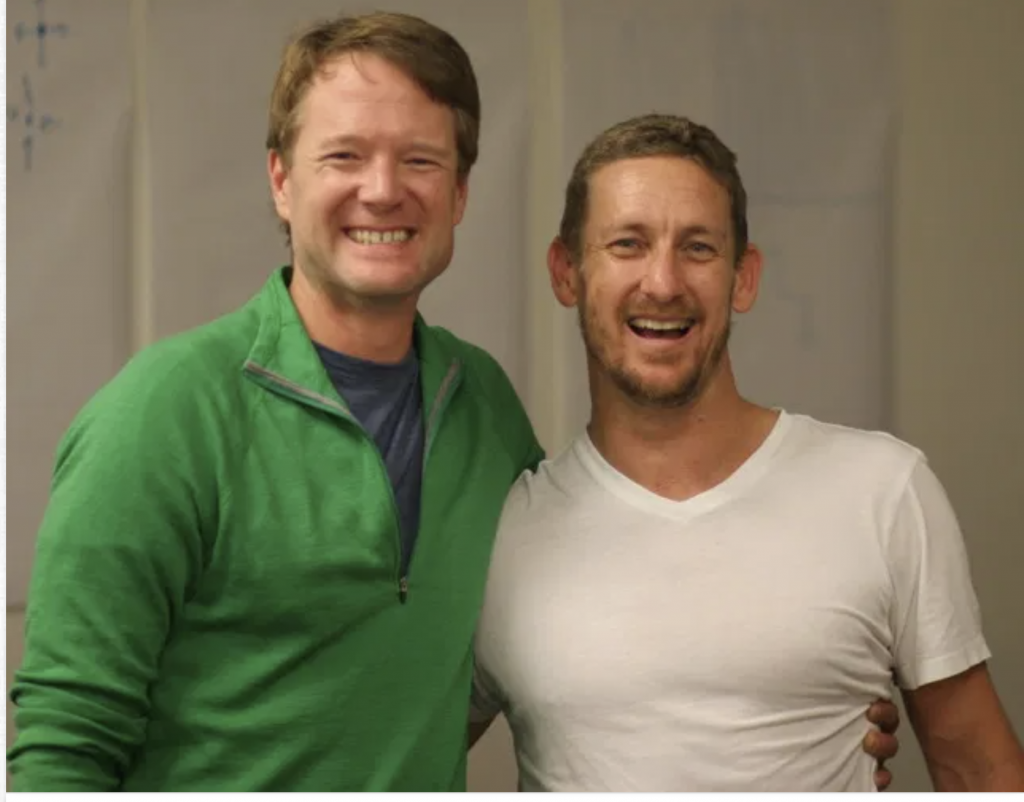
1080 SPRINT
The day after we won the state championship someone came knocking on my door with a new lens. Earlier in the spring while surfing the internet for new toys and ideas I came across 1080 Motion. I filled out the online form that I would be interested in the machine and waited for some kind of feedback. The feedback came as the president of the company was at my door at 9 AM. I knew the astronomical price of the machine and really wasn’t interested. But, Peter Holmertz rolled out the 1080 and asked me to bring an athlete for a demonstration.
We met at the field house of my school and Peter rolled out the machine. I was skeptical at first but was completely sold when we started doing over-speed training. He stuck around all day to take all of my groups through a workout and by the afternoon I know I had to have it.
My thought process was I could have a large sum of money in my right hand or a state championship trophy in my left hand… which do I want more? I also understood how angry my wife would be if I made the purchase. (I did the same thing with a dog too. She’s still mad about that one. It has been 4 years!) I figured this was the most accurate way to get data on what is working and what is not working with my athletes. Accurate data is what I needed to be a better coach.
But you better be careful what you wish for because sometimes you get results that aren’t fun to look at. And that is exactly what happened with the 1080 Sprint. I was finding that some of the stuff that was tried and true for me for a number of years really wasn’t as great as I thought. It forced me to put my arrogance aside and really look at the facts of what was going on and make changes. Or even more importantly, it forced me to ask questions about why something wasn’t working and why something was. And this is where you really start to become a good coach. Be proud and stay the same or eat humble pie and learn.
Part of coaching is art, knowing what to apply when and where. Another part is taking off whatever ruby colored glasses you have on and look at actual data and facts and have the strength to discard what is not working. When things aren’t going as planned, you need to be the coach that says one finger is pointing at the athlete, the other four are pointing back at you.
So, whether you have a different lens on or have taken them off, it’s always important to look at the problem in different ways.
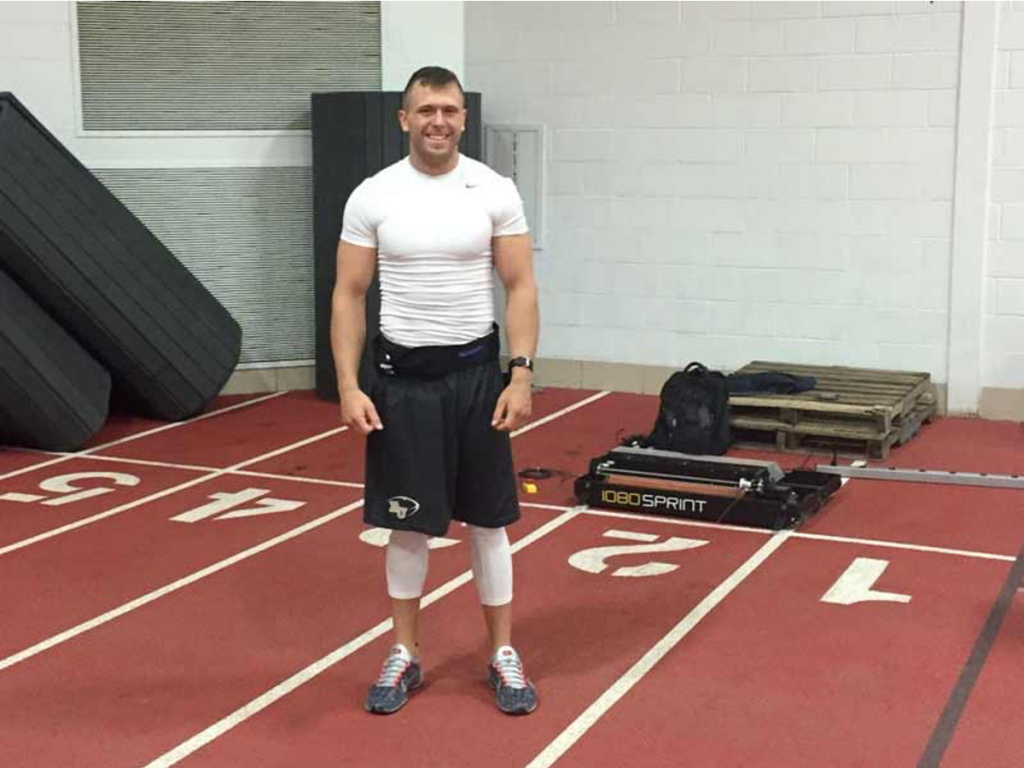
Chapter 7: Thinking for myself
“Originality is when you have so many influences you can’t discern them anymore. As your confidence rises in your craft, you step in front of those influences and that forms your voice.” ~Geddy Lee
“Your influences are like different light coming into a prism and you are the light coming out on the other side.” ~Michael Chabon
Both of these quotes are from the same interview. Chabon (The Amazing Adventures of Kavalier & Clay and the Wonder Boys) is interviewing the bass player for Rush, Geddy Lee. They are both commenting on creativity and influences.
♦ It is important that you have many influences so you actually have a base to make decisions. This is your knowledge base. With the internet and the ease to access so many people, it is easy to get knowledge, whether good or bad. It can become a problem when we tie emotions with our knowledge. We lose our objectivity. And in some cases, emotion becomes our knowledge. Just look at arguments over squats, olympic lifts, or how far to run in a workout. I have received more than a handful of threats just for sharing what I believe in training athletes.
♦ Wisdom is not only knowing what is good or bad information, but also to know when to apply the right piece knowledge. The more knowledge you have, the more tools you have that can be applied in different situations. The more success you experience, the more confidence you feel in your decisions. Eventually what is coming out is yours. And it takes time. Applying the same bit of knowledge to every situation often times ends in failure. If a coach is emotionally tied to that bit of knowledge, denial sets in and it is someone else’s fault. This is where we see a coach default to doing more of their idea instead of changing to another bit of knowledge.
♦ Finally, when you have failed enough, you can step away from your influences and develop something that is truly novel and unique to your style. And with that style, you can create. The more you fail and assess that failure, the more you can grow and the stronger the light comes out on the other side.
The problem today is we associate success with a three-second video clip of someone doing something we trained for and that becomes our anchor for what we do. And our success is tied with not how many times we can replicate that with other athletes but with the number of hits and likes we receive. The problem is that once we have an anchor, we can’t move or grow. And if we can’t move, the only thing we have left to do is defend. This is why I like Cal Dietz’s response, “Can I change my answer?”
So, I can’t write a final chapter. Because if I do, that would mean that I am going to do the same things for the rest of my career and I have stopped growing. I hope that two years from now I am doing very different stuff than I’m doing now.
As I hit the 30-year mark in my coaching career and closing in on the end, it is important to look back at where I have been. I can revisit my mistakes and the lessons that I have learned from them. I can use them as benchmarks to not make the same mistakes again. I can smile about my successes. But without a history, it is difficult to create a base of experiences to know where I am headed and to be the coach that fills the gaps that need to be filled so we can make our job of bridging dreams to reality a reality.
+++
The links to other five chapters (The Education of Chris Korfist)

Fun to be a part of that journey my friend. Well done.